Live vs. Artificial Plants in the Freshwater Aquarium
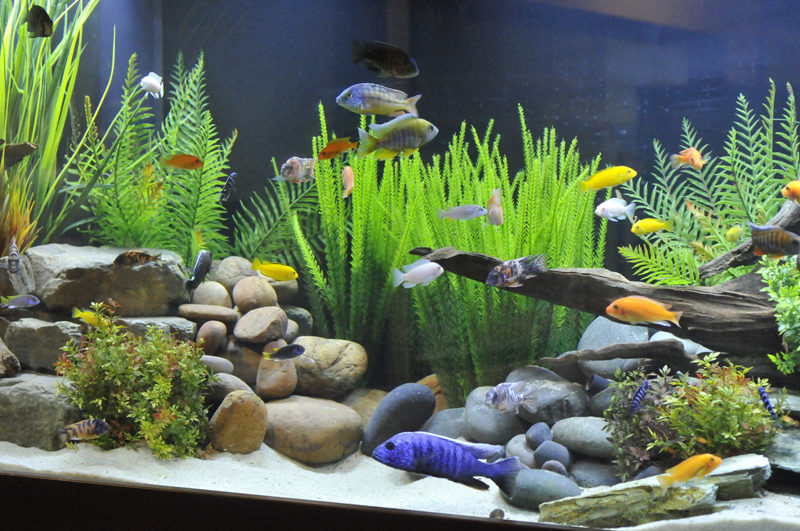 There’s no doubt a well-maintained aquarium, delightfully aquascaped with live plants, is a beautiful sight. However the choice sometimes comes down to whether to keep the fish or the plants when these tankmates are not compatible. Many fish will either nibble your plants into raggedy eyesores or downright eat them up! Others are natural diggers, uprooting dislodging and rearranging your flora all the time. The outcome of this constant planting and replanting can be stressed plants and aquarium owners!
There’s no doubt a well-maintained aquarium, delightfully aquascaped with live plants, is a beautiful sight. However the choice sometimes comes down to whether to keep the fish or the plants when these tankmates are not compatible. Many fish will either nibble your plants into raggedy eyesores or downright eat them up! Others are natural diggers, uprooting dislodging and rearranging your flora all the time. The outcome of this constant planting and replanting can be stressed plants and aquarium owners!
What’s the solution? Change your fish? Do without plants at all? How about artificial aquascaping?
Purists cringe at the thought of using artificial plants in aquariums even though there are many realistic looking choices available today But think about it? What’s the main reason for growing plants besides the aesthetics of it? That’s right, shelter for your fish and places for egg-laying. Plastic plants do these jobs just as well as live ones. The fish don’t care, except for those who have become excessive nibblers and they’ll soon get over it. Algae grows just as well on artificial surfaces, so your algae-eaters will be content. Hiding places among the artificial flora can still be comforting and also serve as a nesting area for your egglayers.
If your community is comfortable with live plants and you enjoy growing them, by all means continue to do so! But if you want both and are willing to go “plastic”, the rewards can be just as satisfying to you and your fish!

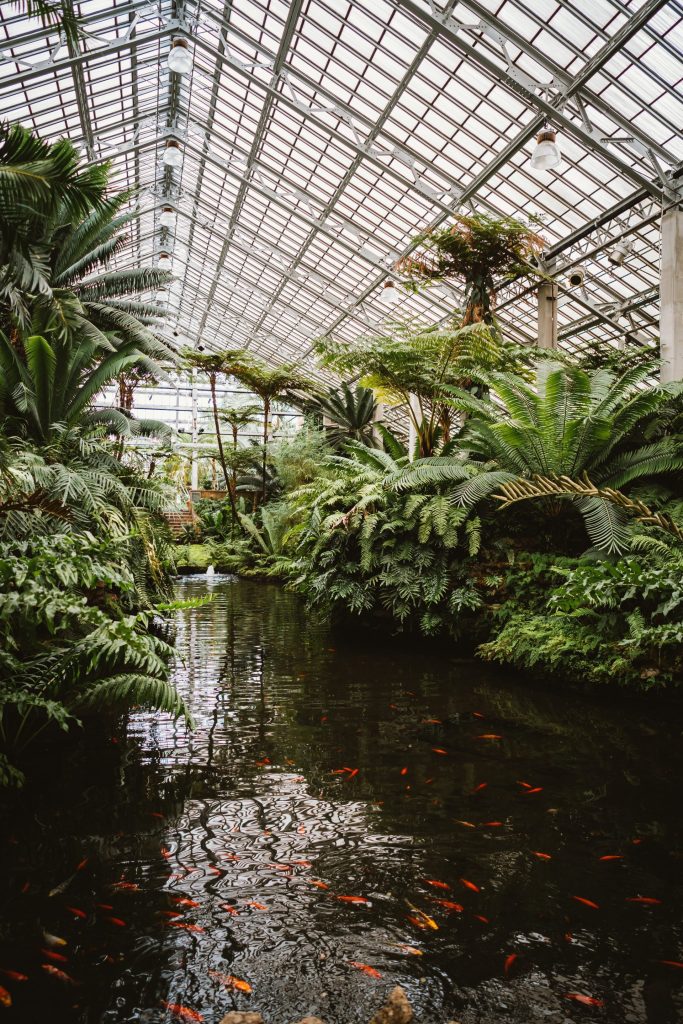

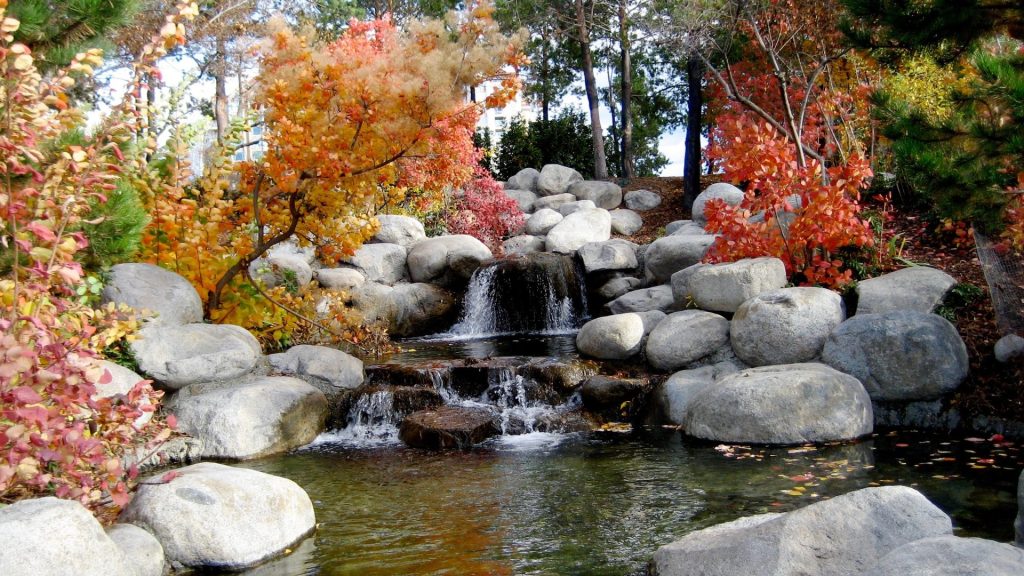
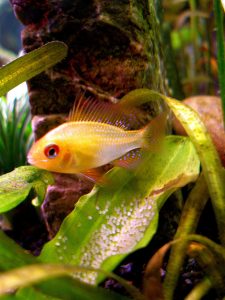
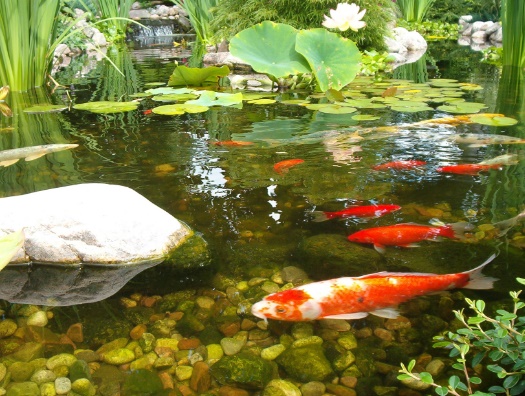 Although general mixed communities remain the most popular freshwater aquaria, many fishkeepers are drawn to certain themes. African cichlids are perhaps the best-known “niche” within the aquarium hobby, but there are many others, and recently we’ve been expanding our selection to help you explore different kinds of fish communities. Here are a few directions you might try.
Although general mixed communities remain the most popular freshwater aquaria, many fishkeepers are drawn to certain themes. African cichlids are perhaps the best-known “niche” within the aquarium hobby, but there are many others, and recently we’ve been expanding our selection to help you explore different kinds of fish communities. Here are a few directions you might try.
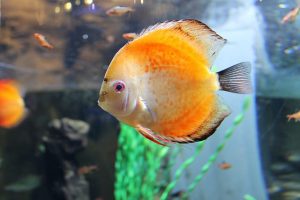 Never clean anything with soap. Use only water. If anything has ever touched soap, throw it away. Avoid
Never clean anything with soap. Use only water. If anything has ever touched soap, throw it away. Avoid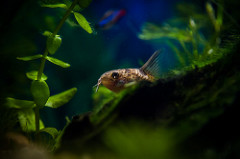 Freshwater fish are found in many different types of habitats in nature. Some species are found in cold, fast moving rapids while others may live in warm, nearly stagnant water. Sometimes this can occur even among the same species. Some species of marine fish are known to swim into coastal estuaries to spawn and as the offspring mature, although born in freshwater, they gradually move into the ocean. Some Neo-tropical cichlids venture out into the sea to visit coastal islands to feed and return to their freshwater habitats at the end of the day.
Freshwater fish are found in many different types of habitats in nature. Some species are found in cold, fast moving rapids while others may live in warm, nearly stagnant water. Sometimes this can occur even among the same species. Some species of marine fish are known to swim into coastal estuaries to spawn and as the offspring mature, although born in freshwater, they gradually move into the ocean. Some Neo-tropical cichlids venture out into the sea to visit coastal islands to feed and return to their freshwater habitats at the end of the day.
 Although general mixed communities remain the most popular freshwater aquaria, many fishkeepers are drawn to certain themes. African cichlids are perhaps the best-known “niche” within the aquarium hobby, but there are many others, and recently we’ve been expanding our selection to help you explore different kinds of fish communities. Here are a few directions you might try.
Although general mixed communities remain the most popular freshwater aquaria, many fishkeepers are drawn to certain themes. African cichlids are perhaps the best-known “niche” within the aquarium hobby, but there are many others, and recently we’ve been expanding our selection to help you explore different kinds of fish communities. Here are a few directions you might try.